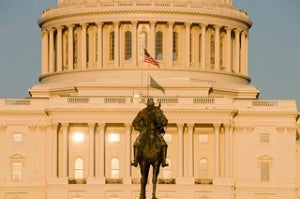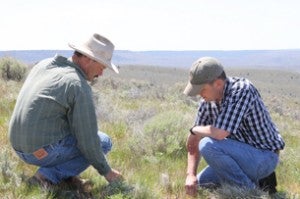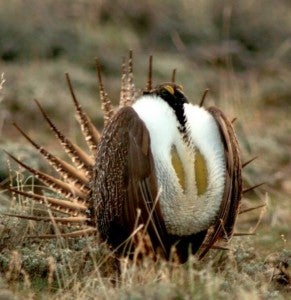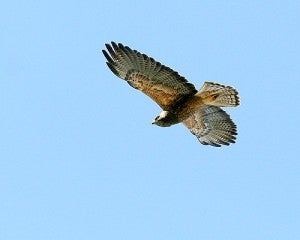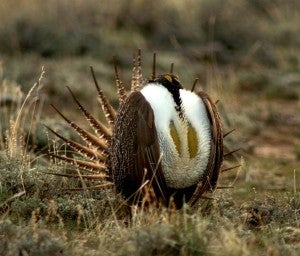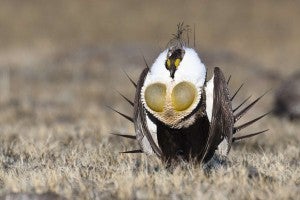 U.S. Department of Agriculture (USDA) Secretary Tom Vilsack today announced a four-year strategy to invest more that $200 million in greater sage-grouse conservation efforts.
U.S. Department of Agriculture (USDA) Secretary Tom Vilsack today announced a four-year strategy to invest more that $200 million in greater sage-grouse conservation efforts.
The strategy, known as Sage Grouse Initiative 2.0, will build on successful public and private conservation efforts to improve sage-grouse habitat by providing additional assistance for ranchers to make conservation improvements to their land.
It’s encouraging to see USDA remaining at the forefront of federal efforts to move sage-grouse protection forward. This funding is a huge boost for sage-grouse, but there are opportunities through emerging programs for impact industries to do even more to protect this iconic bird. Read More











